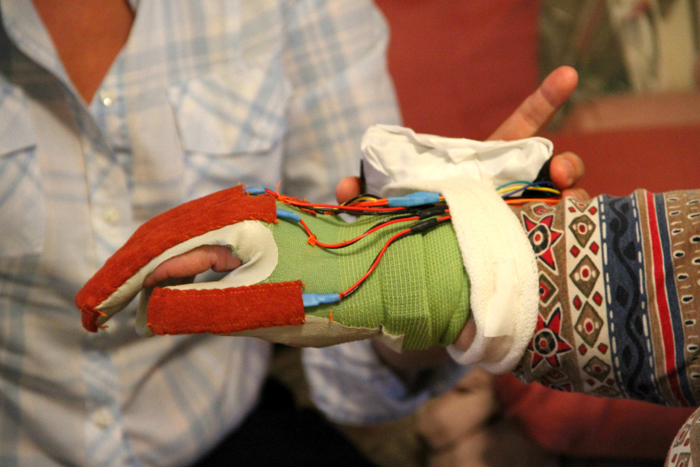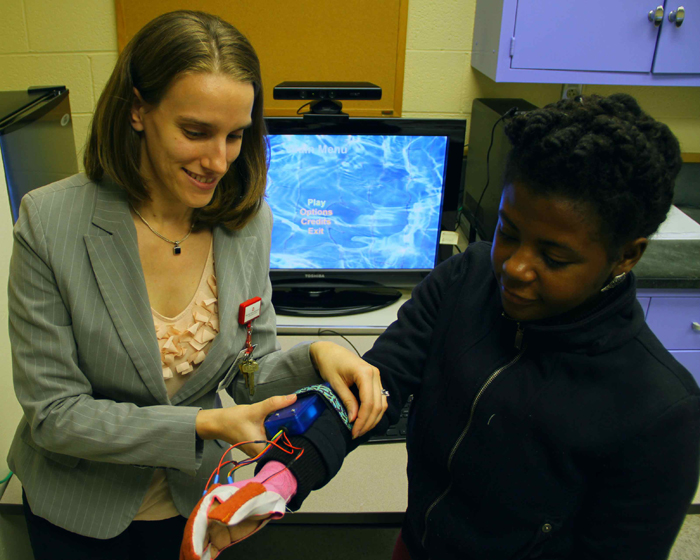
Video Game Therapy Proving Powerful for Stroke Patients (Op-Ed)

Lynne Gauthier is a neuroscientist at The Ohio State University Wexner Medical Center and she contributed this article to LiveScience's Expert Voices: Op-Ed & Insights.
There's a new video game out this year that can make a big difference in the lives of stroke patients. It's a therapeutic at-home gaming program, targeted for the 80 percent of stroke survivors who experience motor weakness.
Hemiparesis — defined as weakness or the inability to move one side of the body — affects 325,000 individuals each year, according to the National Stroke Association, and it can be debilitating as it impacts everyday functions such as eating, dressing or grabbing objects.
Constraint-induced movement therapy (CI therapy) is an intense treatment recommended for stroke survivors. This kind of therapy improves motor function and helps individuals overcome the neglect that impaired upper extremities may face after a stroke. However, less than one percent of those affected by hemiparesis have the opportunity to receive this beneficial therapy. Barriers include lack of access, transportation and cost. To address these challenges, my colleagues at The Ohio State University Wexner Medical Center and I developed a 3D gaming system to deliver CI therapy to patients in their homes. To design this innovative video game, I have been collaborating with a multi-disciplinary team comprised of clinicians, computer scientists, an electrical engineer and a biomechanist.
For a combined 30 hours over the course of two weeks, the patient-gamer is immersed in a river canyon environment, where he or she engages in high-repetition motor practice targeting an affected hand and arm. Various game scenarios promote movements that challenge the stroke survivor, including rowing and paddling down a river, swatting away bats inside a cave, grabbing bottles from the water, fishing, avoiding rocks in rapids, catching parachutes containing supplies and steering to capture treasure chests. Throughout the intensive training schedule, the participant wears a padded mitt on the less affected hand for 10 hours daily, which causes the user to focus on using their more affected hand.

To ensure that motor gains made through the game carry over to daily life, the game encourages participants to reflect on their daily use of the weaker arm and engages the gamer in additional problem-solving ways of using the weaker arm for daily activities.

This novel model of therapy has shown positive results for individuals who have played the game. Gains in motor speed, as measured by the Wolf Motor Function Test, rival those made through traditional CI therapy. The game provides intense, high-quality motor practice for patients, in their own homes. Patients have reported they have more motivation, time goes by quicker and the challenges are exciting and not so tedious.
If this initial trial demonstrates sufficient evidence of efficacy in stroke survivors, future expansion of gaming CI therapy is possible for individuals with traumatic brain injury, cerebral palsy and multiple sclerosis.
The views expressed are those of the author and do not necessarily reflect the views of the publisher. This version of the article was originally published on LiveScience.
Sign up for the Live Science daily newsletter now
Get the world’s most fascinating discoveries delivered straight to your inbox.










